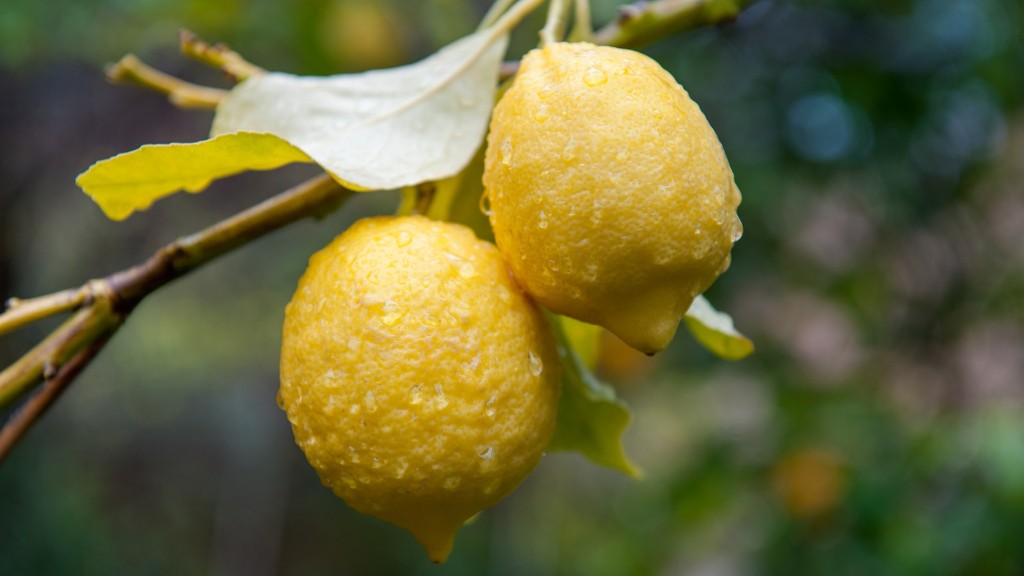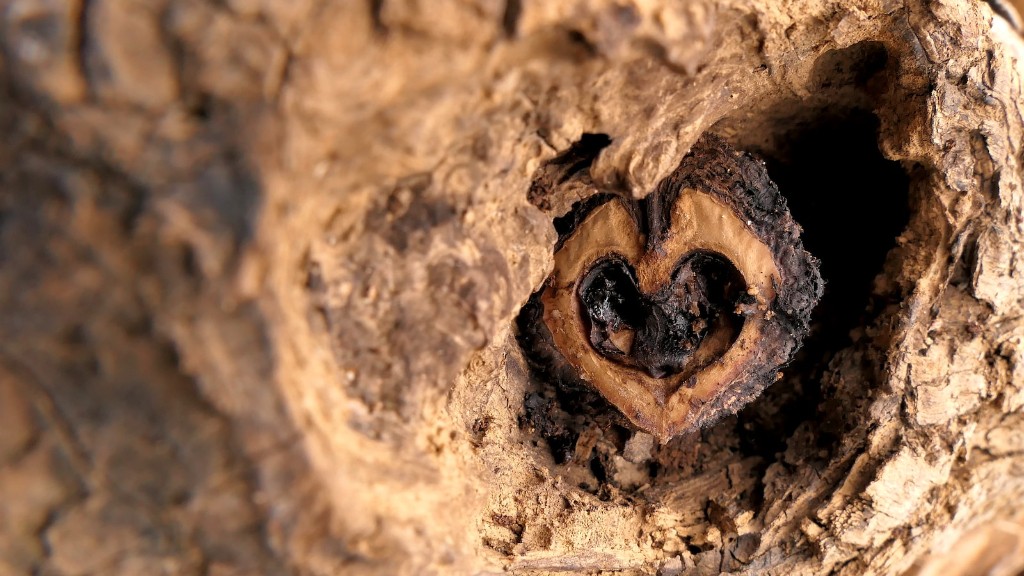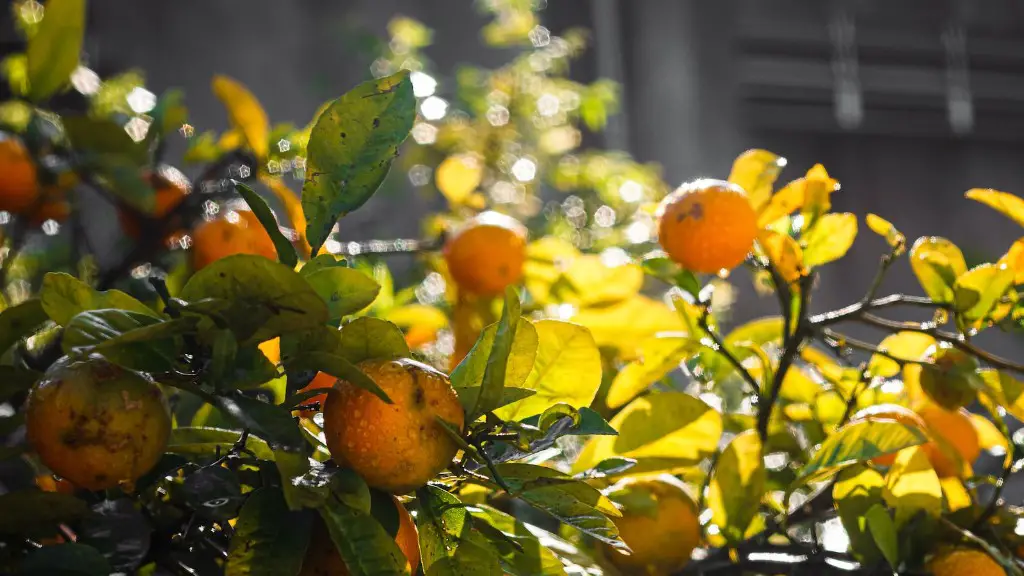Avocado tree transplanting is a complex but rewarding process that requires knowledge and dedication. The most important guidance is knowing when and how to transplant an avocado tree. Before embarking on the project, one must be sure that the avocado tree is really in the right spot, and it is prepared to be successfully transplanted.
For those who want to learn when to transplant an avocado tree, the main factor to consider is the season. Avocado trees should ideally be transplanted in the late fall or early winter while they are dormant. Transplanting can damage the root system and if done in the wrong season, like during the active growing period, it could cause a lot of stress on the tree.
Another time to consider for transplanting would be when one is dealing with an avocado tree that is pot-bound or root-bound. This can be caused when the tree is growing in the same soil for too long, and its roots are slowly invading the pot it’s in. In this case, transplanting to a larger pot is necessary so the tree can grow and not suffer from compaction.
Avocado tree transplanting is best done with caution and the help of experts. When it comes to how to transplant an avocado tree, there are a few key steps to keep in mind. The tree should be carefully removed from the soil, and all of the soil should be kept intact. The roots should then be trimmed according to the size of the new pot, and the tree should be replanted into the new pot, making sure that the hole is large enough to ensure that the tree can expand and take up nutrients from the new soil.
It is also important to make sure that the new soil for the avocado tree is nutrient rich and the right pH for the particular tree so it can properly absorb the nutrients. When transplanting an avocado tree, it is also beneficial to add some beneficial bacteria to the pot that can help stimulate root growth. After the tree is planted and watered, the tree should be kept in a warm and light area, but not too much sun as it can be damaging.
The process of avocado tree transplanting can seem intimidating at first, but with proper knowledge and the right timing, it can be quite rewarding. Taking the time to understand when and how to transplant an avocado tree will help ensure the tree’s survival and optimal growth.
The Lifespan & Size of an Avocado Tree
The lifespan of an avocado tree depends on proper care and the cultivar type. Some species can live for over a hundred years, while others live for about thirty years. Avocado trees typically have a moderate size when young and can grow up to heights of twenty to forty feet. The width of the tree branches can vary depending on the cultivar, but the canopy usually spans about twenty-five to thirty-five feet.
Tree size will also be determined by the conditions it is grown in. In areas with ample sunlight, water and fertilizer, an avocado tree will grow much larger than in areas with poor resources in terms of soil quality and light. When dealing with an avocado tree, it is important to keep in mind the natural size of the cultivar so that it has enough space to grow and provide fruit.
Avocado trees may take at least five years to reach mature fruit-bearing age, but once they do, they can provide a steady supply of delicious, nutritious avocados for years to come. With proper care, growth and regular pruning, the tree can last decades.
Avocado Tree Pruning & Care
Avocado trees will need to be regularly pruned in order to maintain an optimal shape and size. Pruning should be done in the late winter or early spring when the tree is in its period of dormancy. Pruning should begin when the tree reaches three to five feet and should be done again every year or two thereafter. Pruning should focus on removing dead or damaged parts and pruning the extra branches so that the tree does not become too large.
Aside from pruning, avocado trees need regular care and attention. This includes watering the tree at least once a week and more when the weather is especially hot. Additionally, trees need to be fertilized a few times a year with a slow-releasing fertilizer, and the soil should be kept clear of weeds and debris.
When transplanting an avocado tree, certain care tips should be kept in mind. For example, the transplant should be performed during the tree’s dormant period and with assistance from an expert. Additionally, the soil should be nutrient-rich, the pot should be the right size and shape, and the transplanted tree should be placed in an area with plenty of light but not too much sun.
Diseases & Pests
Avocado trees are generally tough when it comes to diseases and pests, but some pests can be problematic. Common pests of avocado trees are mites, thrips, and aphids. These pests can cause the tree to become stressed, and the leaves to become yellow or drop off. In order to prevent and control these pests, it is important to regularly monitor the tree and use a pesticide if necessary.
Diseases can also be an issue with avocado trees. Root rot is a common disease that happens when the soil is exposed to too much water. Symptoms include yellowing leaves and weakened branches. In order to prevent root rot, it is important to make sure that the soil is well-draining and to avoid overwatering.
Powdery mildew is another common disease of avocado trees. It presents itself with a white powdery substance on the leaves and branches, and can cause the leaves to fall off and weaken the tree. To help prevent powdery mildew from occurring, it is important to water the tree at the base of the tree and keep the leaves dry. Additionally, prune off infected parts and use a fungicide if necessary.
Harvesting & Storage
Avocado trees can provide an abundance of avocados when they reach the right fruit-bearing age. It can take a few years for an avocado tree to produce fruit, but when it does, it can produce hundreds of avocados. Avocados will take five to six months to ripen and should be harvested before they are fully ripe. The best way to tell if an avocado is ready to be harvested is to gently squeeze it and see if it still has a slight give.
Storing avocados can be tricky as they can quickly go bad if not stored correctly. In order to prolong the life of avocados, it is important to store them at room temperature and cut them just before eating. Avocados should also be wrapped in a paper towel to absorb moisture and stored in the refrigerator if they are not going to be eaten within a few days.
Health Benefits of Eating Avocados
Avocados are a nutrient-packed food that is often referred to as a superfood. They contain vitamins, minerals, fiber and healthy fats which can benefit the body in many ways. Eating avocados can help lower cholesterol levels and blood pressure and can protect the body from oxidative damage. Avocados can also provide energy, improve digestion, and reduce inflammation.
Eating avocados can also provide the body with many essential vitamins and minerals, such as vitamin A, vitamin C, potassium, manganese, and magnesium. Additionally, avocados also contain healthy monounsaturated fats which can help keep the heart healthy. Overall, avocados are a great food for providing the body with important nutrients and for keeping the heart healthy and strong.
Conclusion
In conclusion, transplanting an avocado tree is a rewarding process, and will help ensure the optimal growth of the tree. Knowing when and how to transplant an avocado tree is key to the success of the project and will also ensure that the tree does not suffer from any stress and can provide delicious, nutritious avocados for years to come. Furthermore, proper pruning and care are essential for an avocado tree to grow and provide fruit, and any signs of pests or diseases should be monitored and treated with caution.




